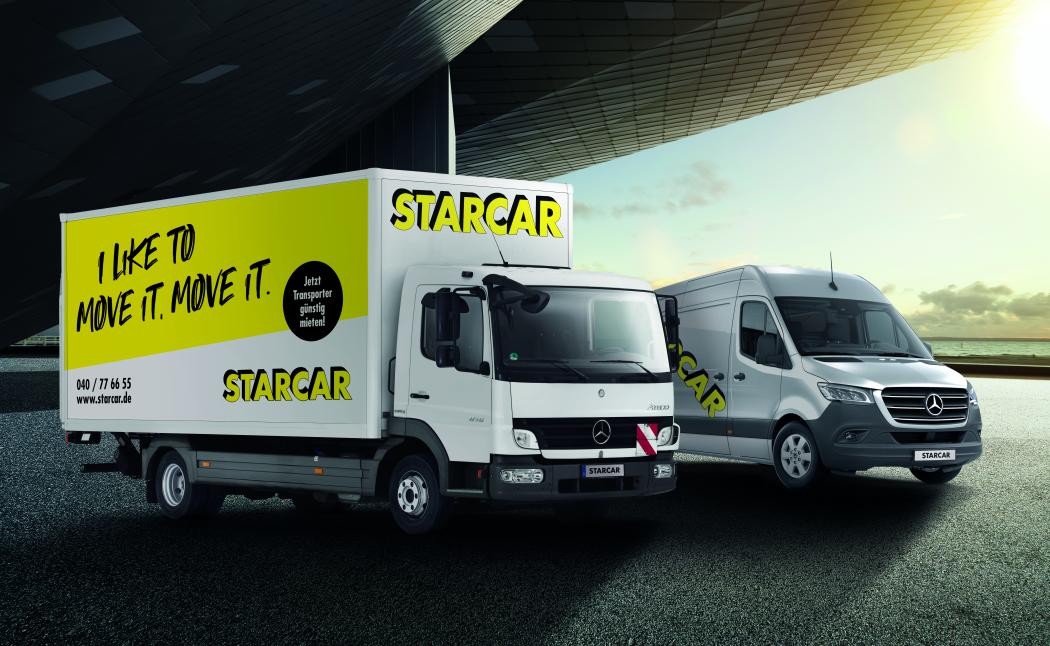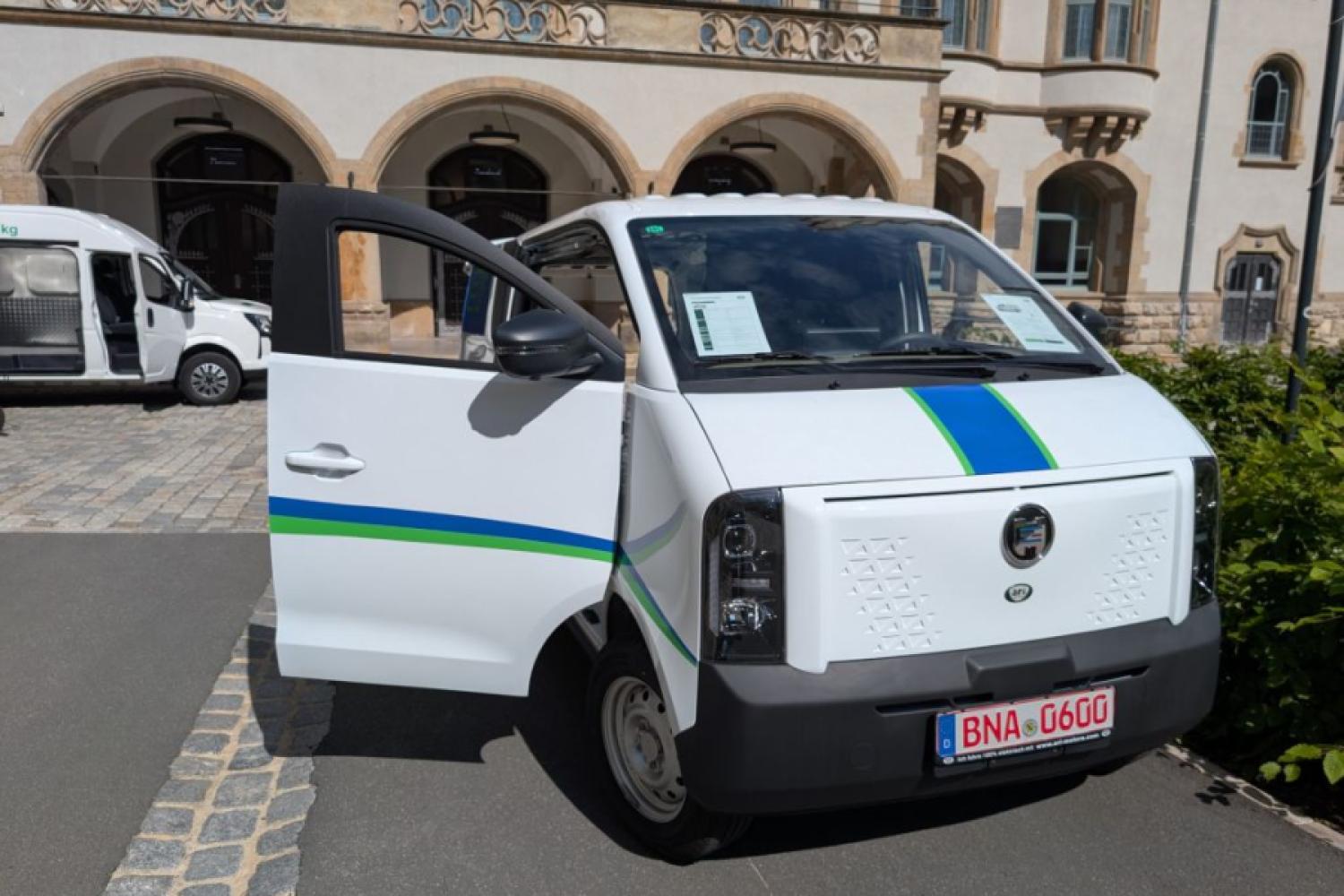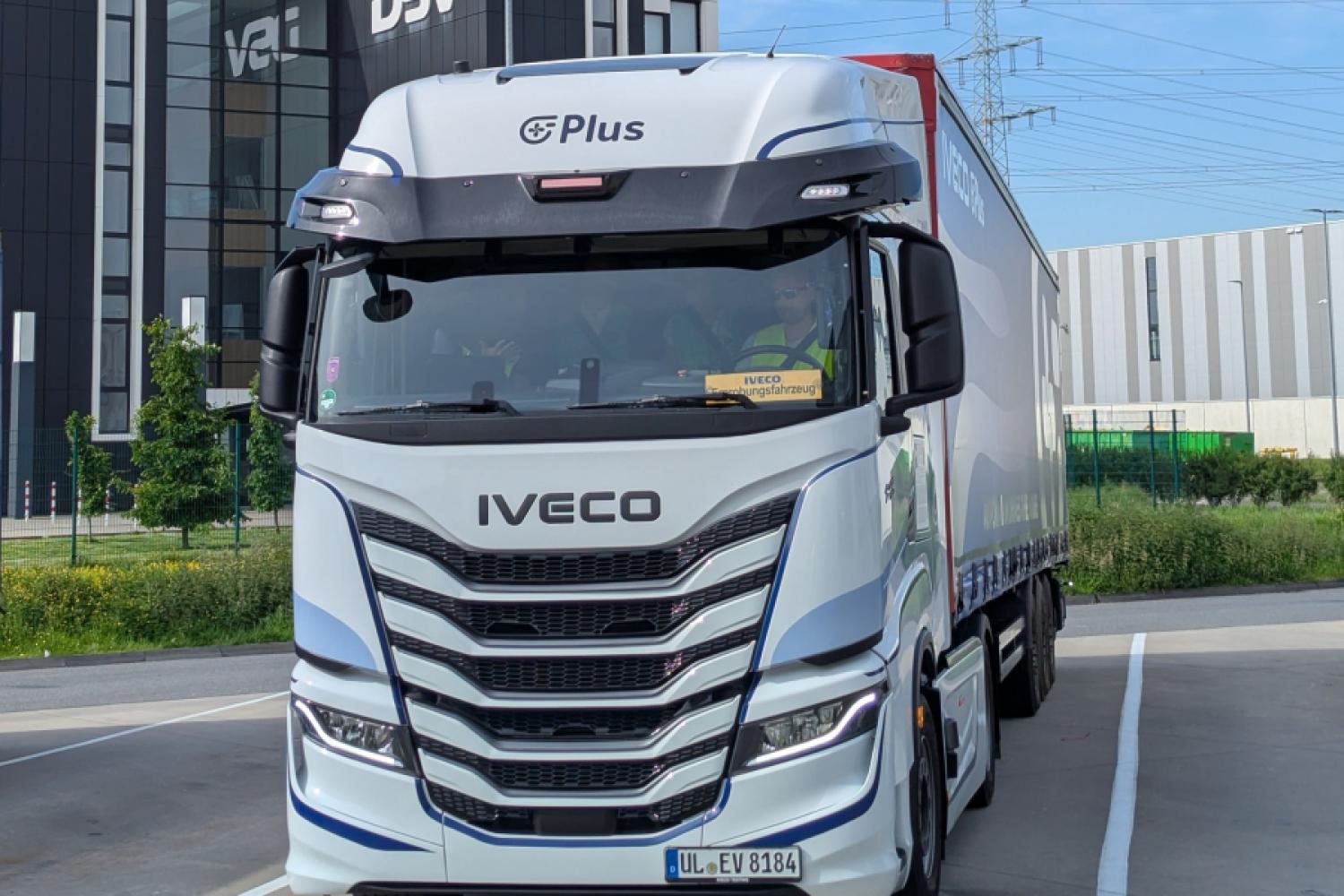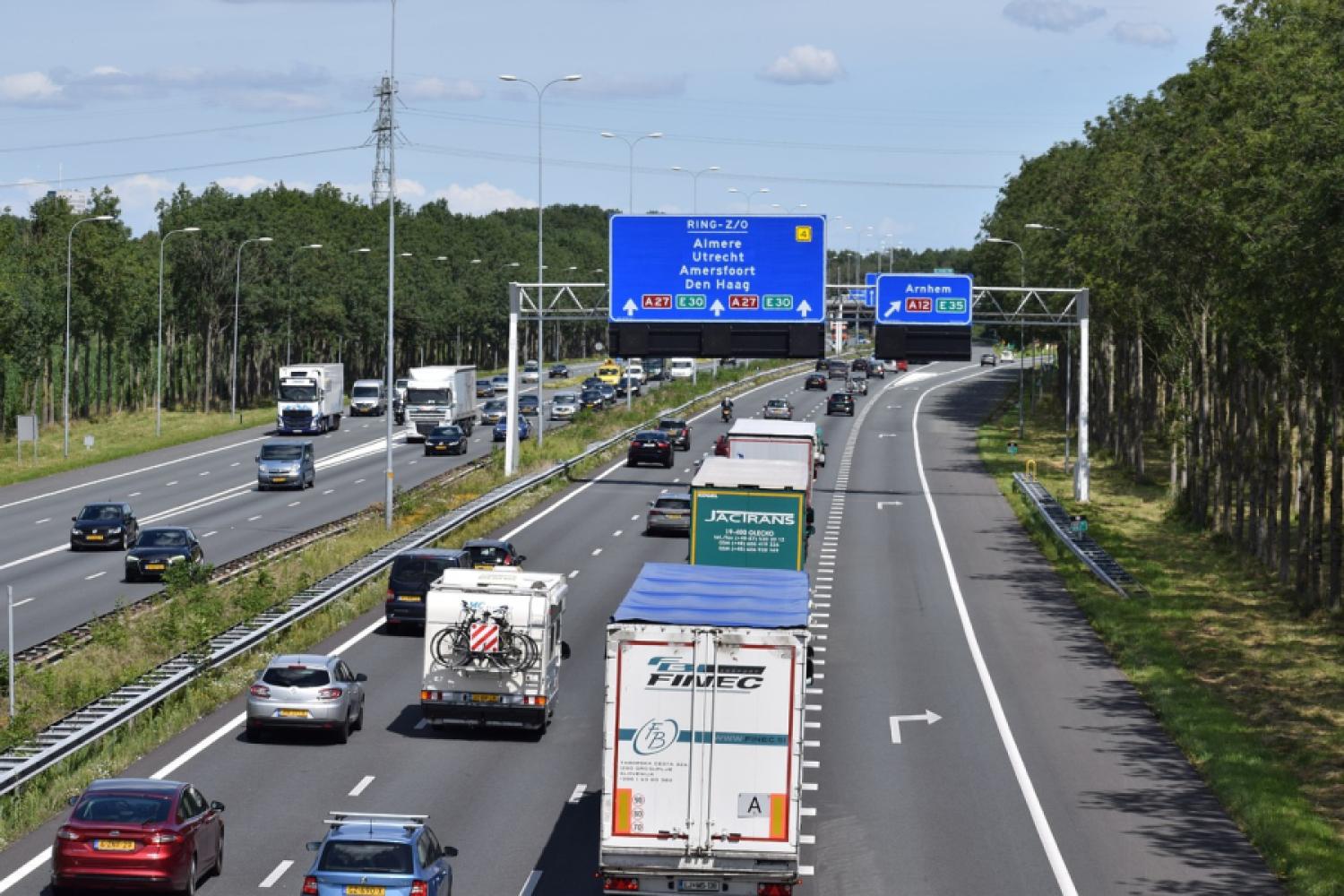The ownership of their own vehicles is still considered by many companies with core logistical tasks as a guarantee for reliability, control, and efficiency. But this equation is increasingly seldom accurate. The effort for administration, maintenance, and provision is not only financially significant – it also increasingly conflicts with the reality of modern logistics processes.
Especially when vehicle fleets vary greatly due to seasonal or project-specific reasons, idle times or bottlenecks lead to unnecessary costs and organizational overhead. Additionally, the capital tied up in purchased or leased vehicles is high in the long term – as is the risk of relying on outdated fleet structures in the event of market changes or technological developments. Whether it’s new requirements such as low-emission urban logistics, temperature-controlled transports, or short-term order peaks: The classic fleet rarely provides the right answer.
From Fill-in to Control Instrument
Rental vehicles offer an alternative approach that goes far beyond the occasional bridging of bottlenecks. When used correctly, they enable a demand-oriented fine-tuning of the fleet – without long-term capital commitment or rigid contract terms. In this way, logistics companies can flexibly respond to seasonal peaks, new projects, or changes in staffing without having to completely change their investment and fleet strategy. Different models are distinguished in the process.
1. Short-term Rental – Maximum Flexibility in Daily Operations
Short-term rental is particularly suitable when additional vehicles are temporarily needed – for example, during unforeseen order peaks, vehicle breakdowns, or project-specific additional requirements. Especially in express logistics, where short-term deployments are the norm, capacities can be quickly and easily scaled.
The rental period is usually a few days to a maximum of one month, allowing particularly high adaptability – for example, for spontaneous additional orders or the temporary strengthening of shuttle
services between hubs. For logistics providers with highly fluctuating routing volumes, such as in online retail or the event sector, short-term rental is an economically sensible alternative – especially as there are often no fixed mileage limits, and vehicles can be used and billed per day.
2. Long-term Rental – Plannable Mobility without Capital Commitment
If mobility needs exist for several months, a long-term rental is worthwhile. It bridges the gap between short-term needs and long-term fleet commitment – for example, when commissioning new locations, testing new delivery concepts, or deploying new employees during the probationary period. The rental periods are flexibly selectable (usually from one month), and billing is also done per day, which is particularly advantageous for project-related transport or limited contractual conditions.
An example from practice: A logistics service provider is awarded the contract for the temporary delivery of a hospital network with refrigerated goods. Instead of investing in new specialized vehicles, the need is covered with rented refrigerated transporters over several months – individually equipped and configured exactly for the application case. This keeps costs and flexibility in balance.
3. Auto Subscription Models – Medium-term Planning with Low Complexity
Auto subscriptions position themselves between short- and long-term rental. They combine a fixed vehicle assignment with a medium-term term of six to twelve months – ideal for companies that have plannable needs within a business year, for example, for the permanent reinforcement of driving personnel or as part of new contractual commitments.
The advantage over the classic rental is that a specific vehicle model is assigned – including maintenance, insurance, and sometimes even tire service. This relieves the fleet management and allows a clear calculation of the total costs. Also, for planning electric vehicles in urban delivery traffic, the
subscription model can be a risk-free entry option.
Tailored Solutions Instead of One-size-fits-all Fleet
A crucial success factor in integrating rental models into existing fleet structures is individualizability. Logistics companies often have very specific requirements – whether it is about load volume, cooling, motorization, or equipment. Modern rental models enable extensive configuration: from vans with high roofs and partitions to city delivery trucks with backup cameras and navigation systems.
The adaptation of insurance conditions, such as through varying deductibles or additional protection options, can also contribute to economic optimization. In addition, fleet strategies can be thought of modularly – for instance, through a combination of a fixed core fleet for basic needs and a flexible rental fleet for peaks and special requirements. Those who specifically differentiate between short-term rental, long-term rental, and subscription models can reduce their operating costs and at the same time increase the quality of service.
Electromobility: Sensible When Strategically Embedded
The transition to alternative drives can also be effectively supported by rental models. While building one's own charging infrastructure often poses an obstacle, rented electric vehicles can provide a risk-free testing environment during the transition phase – for example, for city logistics or defined local transport routes. A hybrid fleet strategy makes sense here: electric vehicles for the last mile, conventional drives for long distances or particularly demanding transports.
It is important that the transition is not thought of in isolation, but as part of a holistic mobility concept. Rental solutions offer the necessary flexibility to integrate new technologies into practice without making strategic missteps or costly experiments.
In Three Steps to a Flexible Fleet Strategy
For logistics companies with their own fleet, the use of professional rental models offers several strategic advantages, but the transition should be
well planned. Three steps have proven successful in practice:
- Needs Analysis: What transport services are permanently required, which are only temporary? Where are there seasonal or project-related fluctuations? What requirements do customers, drivers, and regulators place on the vehicles?
- Model Choice and Mix: Which rental model is suitable for which purpose? Where can a subscription or a long-term rental cover the basic need, where is the flexible short-term rental sufficient? The optimal mix is individual and dynamic.
- Process Integration: Rental models unfold their full benefits only when seamlessly integrated into existing processes, for example through digital booking tools, handover processes, reporting, or fleet software.
Conclusion
A rigid fleet is expensive and often inefficient. Rental models offer logistics companies the opportunity to rethink mobility – as a scalable, demand-oriented instrument with clear advantages in terms of cost control, flexibility, and future security. Those willing to critically question their own mobility mix and strategically realign can not only avoid operational bottlenecks but also strengthen their competitiveness in the long term.
The Author
Nima Kalantari is the managing director of Starcar GmbH and a board member of Starcar Europa Service Group AG. Throughout his career, he has worked as a Rental Sales Agent, Key Account Manager, and Sales Director and therefore knows both the operational business as well as the overarching developments in the industry. The experienced mobility expert knows what fleet operators need to pay attention to and what matters when it comes to rental cars.
Starcar has established itself over three decades as one of the major car rental companies in Germany, with nearly 100 Starcar branches and over 500 partner stations of its corporate parent. Starcar is the main brand of the Starcar Europa Service Group AG in the corporate and private






